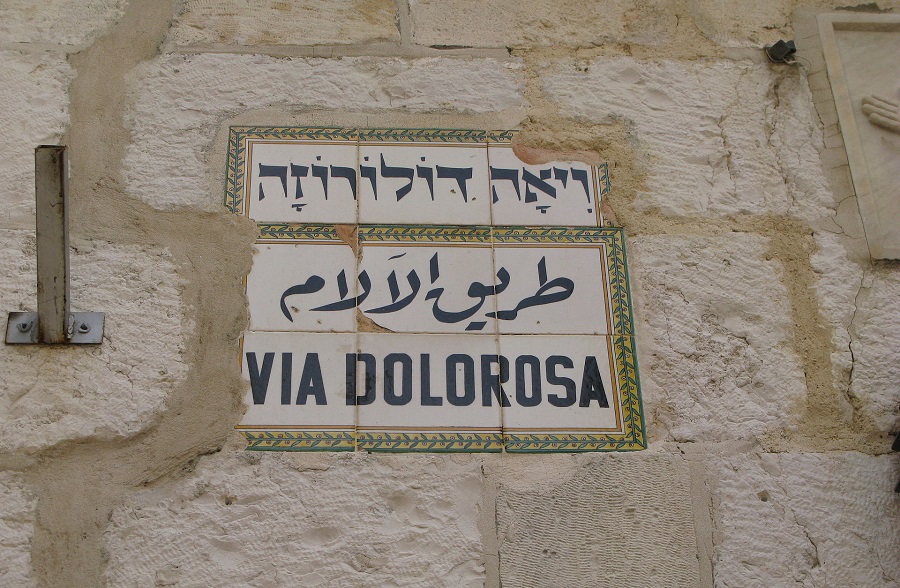Franciscans in the Holy Land, a Catholic order that’s preserved Christian sites in Jerusalem since the Middle Ages, have celebrated Lent for years by following the path, step-by-step, that Jesus may have taken nearly 2,000 years ago on his 40-day fasting journey through the Judean Desert.
This year, worshippers around the world can join the pilgrimage virtually, walking along the Via Dolorosa (the Way of Sorrows) in the Old City of Jerusalem and even dragging a cross to Golgotha, where Jesus was crucified.
The internet broadcast, which has been seen every Tuesday and Friday on the social media of the Franciscan Custody of the Holy Land (Facebook, Instagram and Twitter), culminates this week on Holy Tuesday (30th March) to make way for Easter celebrations. Lent began Ash Wednesday (17th February) and ends on 3rd April, the night before Easter Sunday.
Franciscans have cared for the Catholic sites in the Holy Land since 1217. With Franciscans all over the world, they created a short video available in 13 languages. The broadcasts are made from each of the 14 Stations of the Cross beginning where Jesus was tried before the Roman procurator Pontius Pilate at the Antonia Fortress and ending at the Church of the Holy Sepulchre where He was nailed to the cross, died, had His remains ritually washed, and was placed in a never-used rock-hewn tomb that belonged to Joseph of Arimathea – from which Christians believe He was resurrected three days after His execution.
In its current form snaking east to west through the cobblestoned alleys of Old Jerusalem, the Via Dolorosa, also called the Via Crucis (the Way of the Cross), dates back to the Crusader period in the Middle Ages. Depictions of those 14 stations are found in many Catholic churches. But scholars dispute the route, saying it was invented by the Franciscans eight centuries ago to facilitate pilgrimages.
Read the article by Gil Zohar in Sight Magazine.

